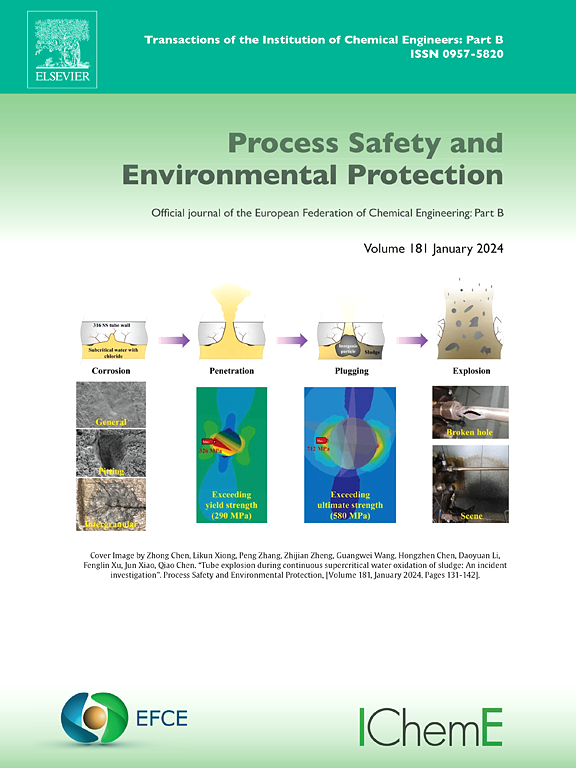Predictive modeling of PFAS behavior and degradation in novel treatment scenarios: A review
IF 6.9
2区 环境科学与生态学
Q1 ENGINEERING, CHEMICAL
引用次数: 0
Abstract
Per- and polyfluoroalkyl substances (PFAS) are persistent environmental contaminants that resist conventional water treatment methods, raising concerns about their impact on human health and ecosystems. As PFAS contamination becomes increasingly widespread, the need for novel, effective treatment solutions have grown. Predictive modeling offers a promising approach to evaluate PFAS behavior, removal efficiency, and transformation pathways in emerging treatment technologies. This narrative review explores current advancements in predictive models for PFAS remediation, focusing on methods that incorporate PFAS structural characteristics, environmental factors, and treatment type. Three main modeling approaches are discussed: empirical, mechanistic, and machine learning models, each with unique strengths and limitations depending on data availability and treatment conditions. The review also addresses recent developments in advanced treatment systems such as advanced oxidation processes (AOPs), electrochemical treatment, and adsorption, as well as the role of machine learning in optimizing treatment predictions. Key challenges, including data limitations, transformation product toxicity, and model validation, are examined, with recommendations for future research emphasizing data expansion, integration of toxicity predictions, and enhanced model interpretability. By tailoring predictive models to PFAS-specific variables and diverse treatment conditions, researchers can advance sustainable PFAS management practices and guide effective remediation strategies for contaminated sites.
求助全文
约1分钟内获得全文
求助全文
来源期刊

Process Safety and Environmental Protection
环境科学-工程:化工
CiteScore
11.40
自引率
15.40%
发文量
929
审稿时长
8.0 months
期刊介绍:
The Process Safety and Environmental Protection (PSEP) journal is a leading international publication that focuses on the publication of high-quality, original research papers in the field of engineering, specifically those related to the safety of industrial processes and environmental protection. The journal encourages submissions that present new developments in safety and environmental aspects, particularly those that show how research findings can be applied in process engineering design and practice.
PSEP is particularly interested in research that brings fresh perspectives to established engineering principles, identifies unsolved problems, or suggests directions for future research. The journal also values contributions that push the boundaries of traditional engineering and welcomes multidisciplinary papers.
PSEP's articles are abstracted and indexed by a range of databases and services, which helps to ensure that the journal's research is accessible and recognized in the academic and professional communities. These databases include ANTE, Chemical Abstracts, Chemical Hazards in Industry, Current Contents, Elsevier Engineering Information database, Pascal Francis, Web of Science, Scopus, Engineering Information Database EnCompass LIT (Elsevier), and INSPEC. This wide coverage facilitates the dissemination of the journal's content to a global audience interested in process safety and environmental engineering.
 求助内容:
求助内容: 应助结果提醒方式:
应助结果提醒方式:


